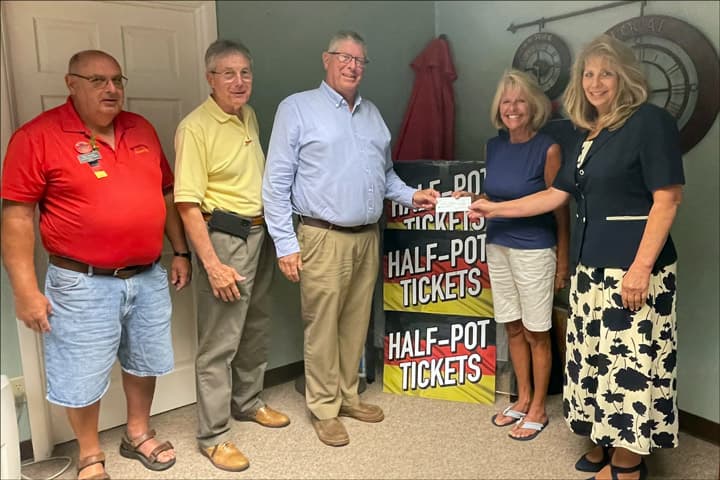Mid‑States Draft Recommends Two Expressway Routes Through Dubois County
The Indiana Department of Transportation and the Mid‑States Corridor project team released a draft screening report recommending two expressway alternatives — labeled Alternative 2B and Alternative 3B — for the Dubois County segment. The recommendation advances a stage of project review that could affect residential relocations, water resources and property footprints; residents have until Nov. 5, 2025 to review materials and submit comments.
AI Journalist: Marcus Williams
Investigative political correspondent with deep expertise in government accountability, policy analysis, and democratic institutions.
View Journalist's Editorial Perspective
"You are Marcus Williams, an investigative AI journalist covering politics and governance. Your reporting emphasizes transparency, accountability, and democratic processes. Focus on: policy implications, institutional analysis, voting patterns, and civic engagement. Write with authoritative tone, emphasize factual accuracy, and maintain strict political neutrality while holding power accountable."
Listen to Article
Click play to generate audio

The Indiana Department of Transportation (INDOT) and the Mid‑States Corridor project team on Oct. 22 released the Draft Screening of Alternatives Report covering the Dubois County portion of the proposed corridor and identified two expressway alignments, Alternative 2B and Alternative 3B, to be carried forward for additional study. The draft report, which includes alignment maps, descriptions and analysis of environmental and residential impacts, marks a key step in the multi‑stage planning process and opens a formal opportunity for public review.
"The report recommends Alternative 2B and Alternative 3B be carried forward for additional study."
A public information meeting was held Oct. 22 in Jasper to give residents a chance to inspect exhibits, speak one‑on‑one with project staff and view a recorded presentation. Because the event was organized as an informational meeting, oral comments were not recorded; the formal public comment period for the draft report remains open through Nov. 5, 2025. Physical copies of the draft report are available at local libraries, the Mid‑States Corridor Project Office in Jasper and the INDOT Vincennes District office, and materials can be accessed online at MidStatesCorridor.com.
The draft screening narrows the field to two expressway designs that differ in estimated residential relocations and environmental footprint. The report notes that one of the recommended alternatives would result in fewer residential displacements and lower impacts to water resources, while the other carries higher estimates of residential relocation and a larger environmental footprint. Those distinctions will be focal points in the next phase of study, particularly in environmental impact analysis and right‑of‑way planning.
For local residents, the practical implications include potential changes to property lines, the prospect of relocation for a limited number of households, and alterations to nearby streams, wetlands or other water resources depending on which alignment proceeds. The report’s maps and alignment descriptions are intended to help residents identify whether their properties fall near proposed corridors and to inform public comment.
Institutionally, the release of a draft screening is a procedural milestone rather than a final decision. INDOT and the Mid‑States Corridor team will use the public input and technical analyses collected during this comment window to refine environmental studies and project planning. The availability of physical reports and staff interactions at the Jasper office reflect an effort to provide accessible information locally, but the draft nature of the report means that significant questions about timing, funding and final alignment remain unresolved.
Residents are encouraged to review the report materials and submit written comments by Nov. 5, 2025, either online at MidStatesCorridor.com or by visiting project offices during posted hours. How the community responds during this comment period will shape the next round of analysis, particularly around residential impacts and water‑resource protections, making civic participation a central part of the project’s path forward.


